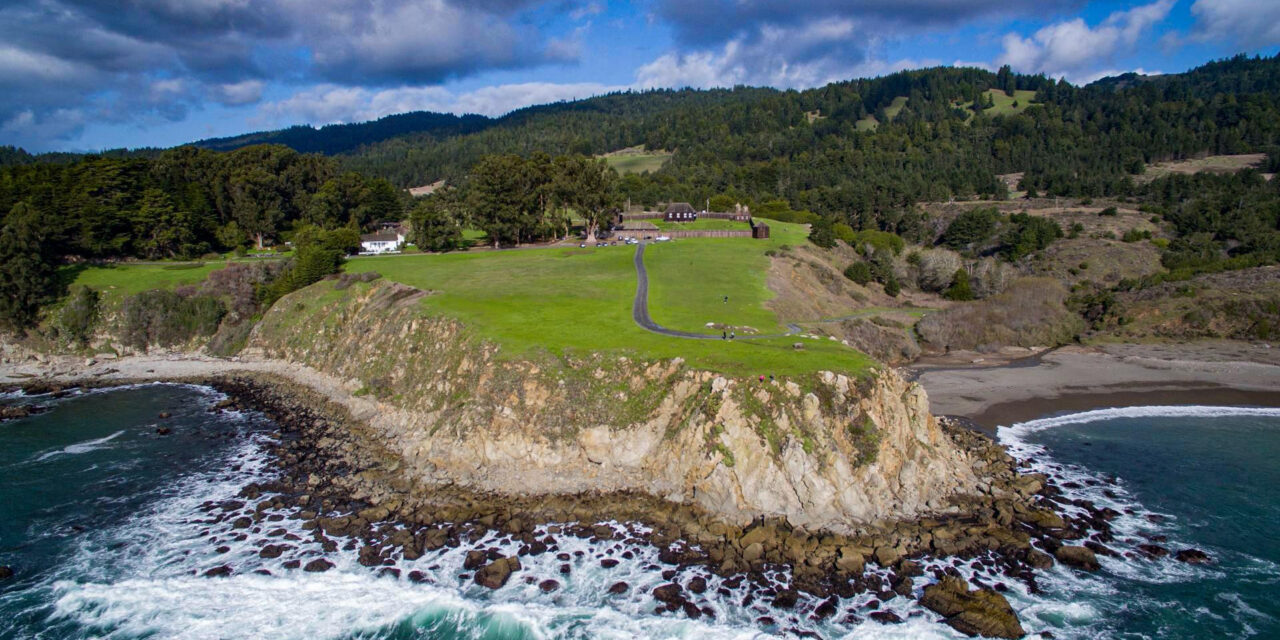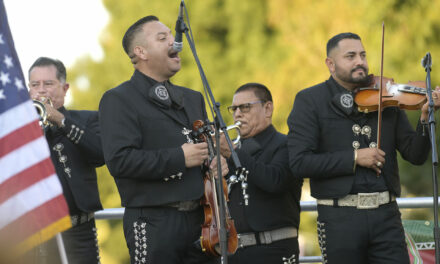JENNER — As California beaches go, it clearly doesn’t rate among the Golden State’s list of 20 most stunning stretches of coastline.
Sandy Cove, though, is one of the reasons a weekend or overnight excursion or even as a marathon day trip of seven hours on the road to and from the 209 is one of the reasons a visit to Fort Ross State Park will inspire you and not disappoint.
The protected beach of Sandy Cove is below the fort that Russian and native Alaskan explorers/traders built in 1812 on coastal land that is now a part of modern-day Sonoma County.
As such the Russians were the second Old World people to establish a settlement in present-day California.
The Spaniards had beaten them by almost half a century with the founding of the Presidio of San Diego in 1769.
Russian serfs also referred to as Siberian contract workers beginning in 1742 started combing parts of what is present-day Alaskan coast for fur-bearing marine animals on and near the many islands along the coast. By 1784 the first Russian settlement was built in Alaska on Kodiak Island.
The effort became known as the Russian-American Company in 1799 when Tsar Paul extended a charter for the company that gave it a monopoly over all Russian holdings in North America. That led to other colonies in Alaska as well as Hawaii.
The company expanded after American ship captains contracted with the Russian-American Company to form joint ventures.
They used Alaskan natives to hunt fur seals and otters along the Alta (present-day California) and Baja California coasts to supply the lucrative fur trade with China.
The colony was formally dedicated on Aug. 12, 1812.
Fort Ross has two cannon-fortified blockhouses, a wooden stockade, a manager’s house, clerks’ quarters, artisans’ workshops, a chapel, and barracks .
Outside the first was a village. All structures were made out of redwood.
Just a small number of Russian men and even less Russian women lived at Ross — as the village was known. Most were Hawaiians, Californians, Siberians, Alaskans, and Native Americans.
Besides farming and hunting sea mammals, the Ross outpost engaged in brick making, blacksmithing, barrel making, tanning and shipbuilding.
In 1906, Fort Ross became a state park making it one of California’s oldest.
The 3,386-acre park is located northwest of Jenner 11 miles up the Sonoma coast.
The sweeping views of the ocean alone are enough to make the trip.
But the added unique dose of California history makes it even more worthwhile.
The park facilities also include a visitors center with interpretive exhibits, a museum bookstore, Russian cemetery, research cemetery, gardens, and historic orchards with a stunning backdrop of densely forested ridges accented with coastal terraces.
There are trails and picnic areas as well.
The park is open daily from sunrise to sunset. The visitors’ center is open from 9 a.m. to 4:30 p.m.




